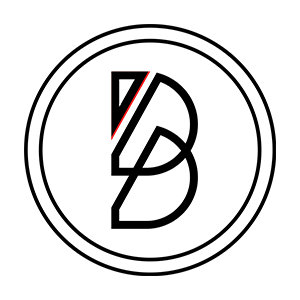Why do some digital products succeed while others fail? The answer often lies in the design approach. This article explores the key differences between user-centered design and traditional design. We’ll examine each approach’s benefits, and when to use them. By understanding these methods, organizations can create more effective products, improve usability, and enhance user satisfaction. Learn how user-centered design can transform your digital projects and improve your society’s outcomes.
Key Takeaways
- User-centered design prioritizes user needs and experiences throughout the design process
- Traditional design focuses on established practices and designer expertise rather than user feedback
- User-centered design offers advantages in user satisfaction, usability, and adaptability to changes
- Choosing between user-centered and traditional design depends on project requirements and audience needs
- Real-world examples demonstrate the effectiveness of each approach in different scenarios
What Is User-Centered Design?
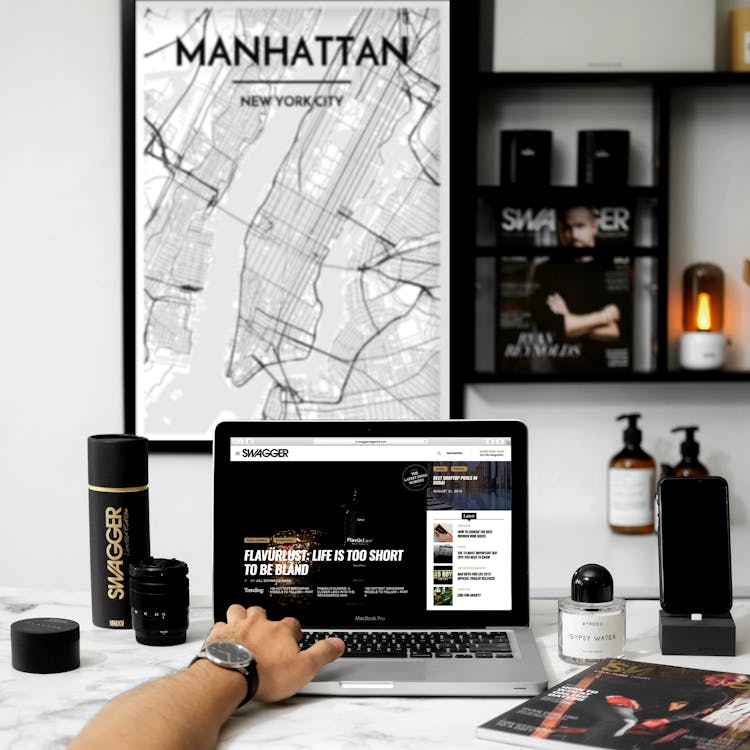
User-centered design is an approach that prioritizes user needs and experiences throughout the design process. It involves refining solutions based on user feedback and creating personas representing target users. The key principles focus on understanding user goals and emotions, while the process includes iterative cycles of research, design, and testing to develop effective solutions.
Key Principles of User-Centered Design
User-centered design principles emphasize empathy and understanding of user needs throughout the product design process. These principles guide designers to create mobile apps and other digital products that truly resonate with users. By placing user thought and experience at the forefront, designers can craft intuitive interfaces and seamless interactions that blend form and function, elevating the art of digital design.
The Process of User-Centered Design
The user-centered design process involves iterative stages of research, prototyping, and testing to create effective solutions. This approach integrates customer journey mapping, business goals, and service design principles to drive innovation. The process typically follows these steps:
- User research and analysis
- Creating personas and scenarios
- Designing and prototyping
- User testing and feedback collection
- Refinement and iteration
What Is Traditional Design?
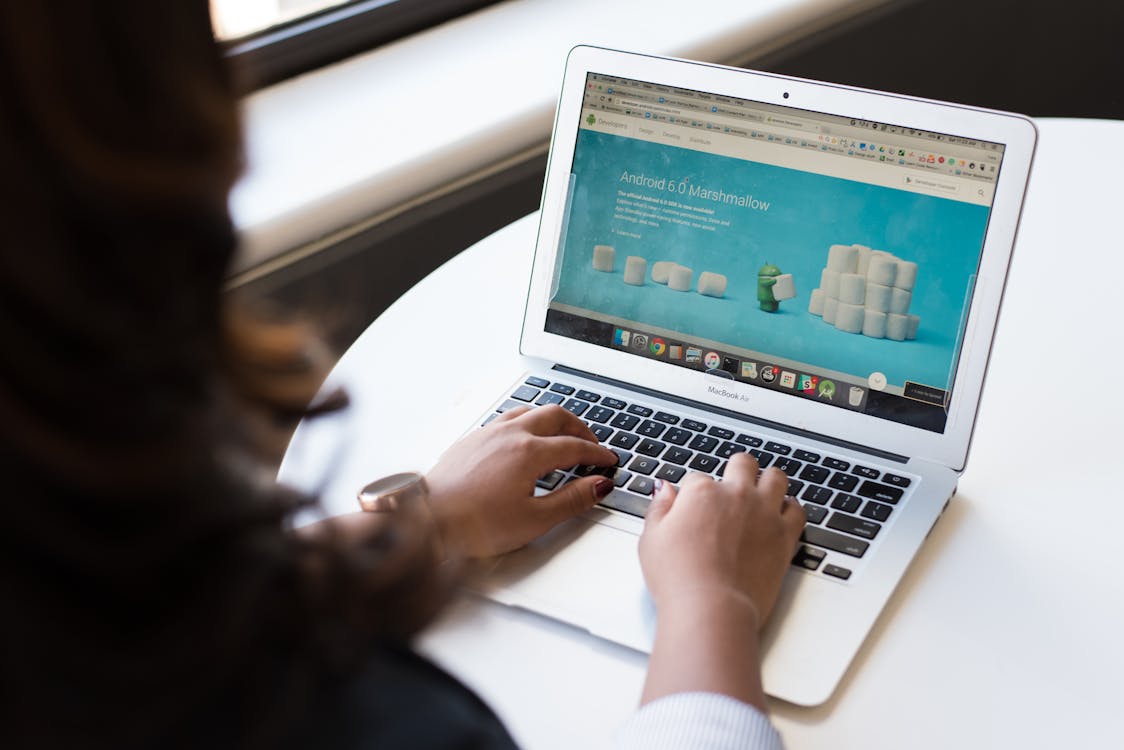
Traditional design is a methodology that focuses on creating products based on established practices and designer expertise. This approach often prioritizes aesthetic appeal and functionality over user experience. The process typically involves a linear development cycle, with decisions made primarily by designers and stakeholders. Understanding its characteristics and process helps highlight the differences from user-centered design.
Characteristics of Traditional Design
Traditional design emphasizes creativity and technological solutions, often relying on established practices rather than user feedback. Designers typically work independently, using their expertise to create products without extensive user input. This approach can lead to visually appealing designs but may overlook crucial user needs. While data may inform decisions, it is not the primary driver in traditional design processes.
The Traditional Design Process
The traditional design process follows a linear approach, focusing on app functionality and aesthetics rather than user behavior. Designers typically create solutions based on their expertise and assumptions about usability, with limited user feedback incorporated throughout the development cycle. This method often involves a series of predetermined stages, from initial concept to final product, with less emphasis on iterative learning and adaptation based on user interactions.
Key Differences Between User-Centered Design and Traditional Design
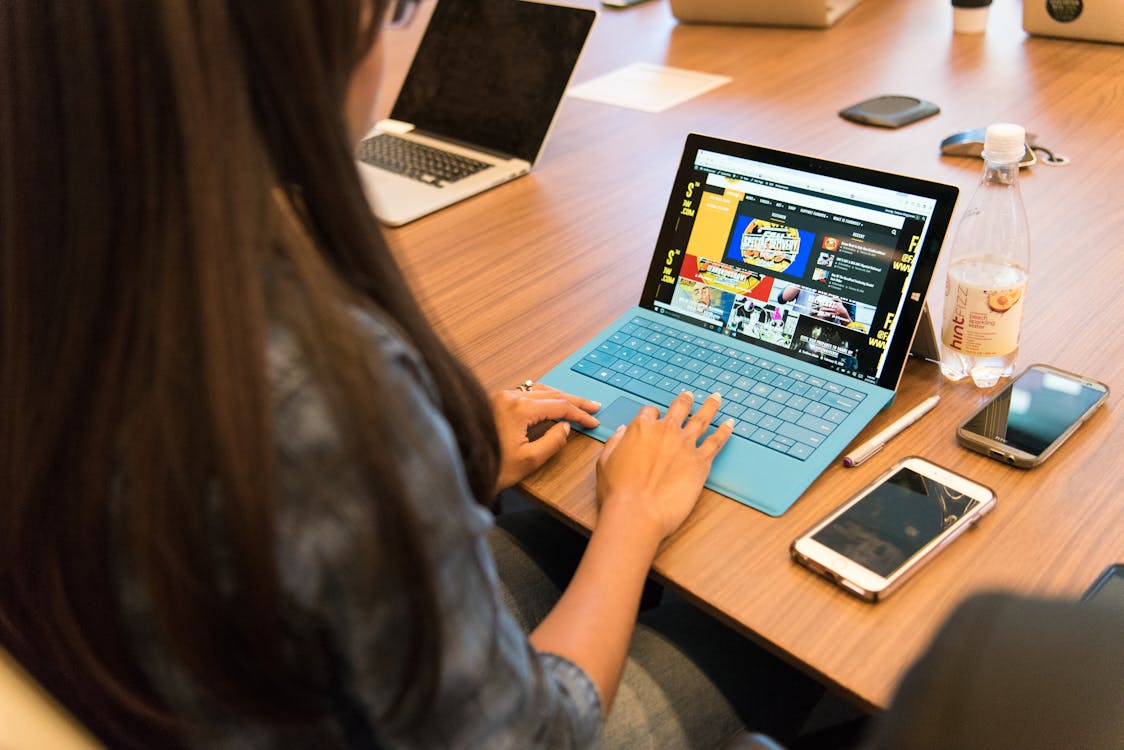
User-centered design and traditional design differ in their approach to digital marketing and product development. Key distinctions include their focus on user needs, design process phases, feedback and iteration practices, and outcome orientation. These differences impact how designers approach ideation, prototyping, and customer engagement throughout the design process.
Focus on User Needs
User-centered design prioritizes the end user’s needs and experiences throughout the development process. Designers employ participatory design techniques, involving users in brainstorming sessions and icon creation. This approach requires unique skills, including empathy and the ability to interpret user feedback. In contrast, traditional design often relies on the designer’s expertise and assumptions about user needs, potentially overlooking critical user requirements.
Design Process Phases
User-centered design and traditional design follow different process phases. User-centered design employs iterative cycles of research, prototyping, and testing, continuously refining the interface based on user feedback. This approach prioritizes sustainability and accessibility, ensuring the design works well with screen readers and other assistive technologies. Traditional design, on the other hand, follows a more linear process, with less emphasis on user input throughout the design space. This can result in interfaces that may not fully address user needs or accessibility requirements.
Feedback and Iteration Practices
User-centered design relies heavily on user research and continuous feedback to inform navigation and touchpoint improvements. Designers conduct frequent usability tests and gather user insights throughout the design process, iterating on finance interfaces and other design elements based on real user data. In contrast, traditional design methods often limit user feedback to later stages, potentially missing critical issues in early development.
Outcome Orientation
User-centered design (UCD) and traditional design differ in their outcome orientation throughout the product lifecycle. The UCD process prioritizes user satisfaction and health outcomes, constantly asking questions to refine the product definition. Traditional design often focuses on meeting predefined specifications without necessarily considering long-term user impact. This distinction affects how success is measured and achieved in each approach:
- UCD: Measures success through user satisfaction and improved outcomes
- Traditional: Focuses on meeting technical specifications
- UCD: Iterates based on user feedback throughout the lifecycle
- Traditional: Evaluates success primarily at project completion
Benefits of User-Centered Design Compared to Traditional Design
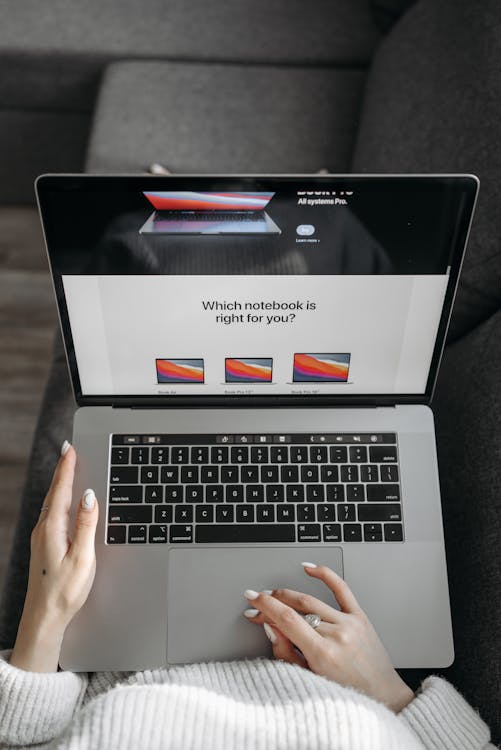
User-centered design offers significant advantages over traditional design approaches. It enhances user satisfaction by prioritizing accessibility and user experience. This method increases usability through iterative testing and stakeholder feedback. User-centered design also adapts better to changes, using analytics to inform decisions.
Enhanced User Satisfaction
User-centered design significantly enhances user satisfaction compared to traditional design approaches. By focusing on the community’s needs during new product development, designers create landing pages and interfaces that resonate with users. This mindset shift leads to products that are more intuitive, accessible, and enjoyable to use. The iterative process of user-centered design ensures that user feedback is incorporated throughout development, resulting in higher satisfaction levels and increased adoption rates:
- Improved usability through continuous user testing
- Greater alignment with user expectations and preferences
- Enhanced accessibility for diverse user groups
- Increased user engagement and retention
Increased Usability
User-centered design significantly increases usability compared to traditional approaches. Designers create products that meet user needs and expectations by incorporating user experience design principles and agile methodologies. This science-based approach allows brands to develop intuitive and efficient interfaces, reducing user frustration and increasing satisfaction. The iterative nature of user-centered design ensures that usability issues are identified and addressed early, resulting in products that are more accessible and easier to use.
Better Adaptability to Changes
User-centered design offers superior adaptability to changes compared to traditional design approaches. By employing iterative design processes, designers can quickly respond to shifting consumer preferences and technological advancements. This flexibility allows for continuous user interface refinement, ensuring that aesthetics and functionality evolve in tandem with user needs. As a result, products developed through user-centered design tend to maintain higher levels of customer satisfaction over time, as they can be easily updated to address emerging challenges or opportunities in the market.
When to Use User-Centered Design vs Traditional Design

Choosing between user-centered design and traditional design depends on project requirements and target audience needs. User-centered design, rooted in design thinking, is ideal for online products requiring extensive research and iteration. Traditional design may suit projects with established guidelines or limited time for user feedback. Understanding when to apply each approach ensures effective outcomes.
Ideal Scenarios for User-Centered Design
User-centered design is ideal for web design projects that address complex user pain points or require extensive information gathering. This approach excels in entrepreneurship and leadership contexts where understanding user needs is crucial. It’s particularly effective for developing innovative digital products, improving existing services, or creating solutions for diverse user groups. User-centered design helps organizations align their offerings with user expectations, potentially leading to increased customer satisfaction and business success.
Situations Favoring Traditional Design
Traditional design approaches can be advantageous in certain situations where established user interface design patterns and management strategies are well-defined. These scenarios often involve web applications with standardized features or when rapid development is required. Traditional design may be preferred when the target audience is familiar with existing language and interface conventions, reducing the need for extensive user research. In such cases, a more direct strategy focused on implementing known best practices can streamline the development process and deliver a functional product efficiently.
Real-World Examples of User-Centered Design and Traditional Design
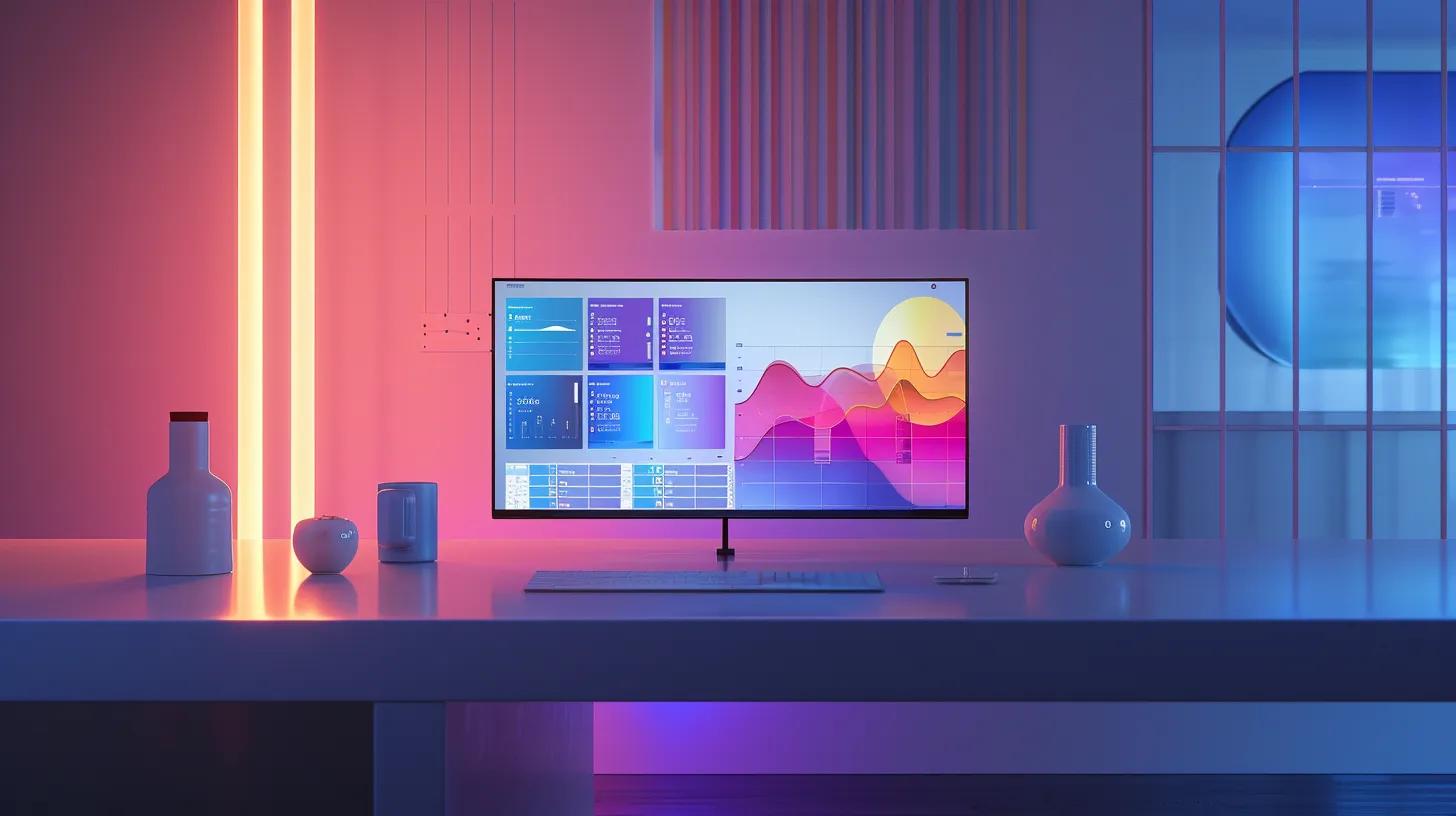
Real-world examples illustrate the practical application of user-centered and traditional design approaches. Case studies highlight how user-centered design leverages quantitative research and artificial intelligence to enhance customer experience. Traditional design applications demonstrate how established knowledge and practices are utilized in specific contexts. These examples provide insights into the effectiveness of each approach in different scenarios.
Case Study: User-Centered Design in Action
A leading software company implemented user-centered design to revamp their project management tool. The design team conducted extensive user research, including surveys and interviews, to understand the minds of their target audience. This approach led to a culture shift within the organization, prioritizing user needs over traditional feature-driven development. The resulting software saw a 40% increase in user engagement and a 25% reduction in support tickets:
Conclusion
User-centered design prioritizes user needs throughout the development process, leading to enhanced satisfaction and usability compared to traditional design approaches. The key differences between these methodologies lie in their focus on user input, design process phases, feedback practices, and outcome orientation. While user-centered design excels in creating innovative, user-friendly products through iterative cycles, traditional design can be effective for standardized applications or time-constrained projects. Understanding when to apply each approach enables designers to create more effective solutions that meet user needs and business objectives.
